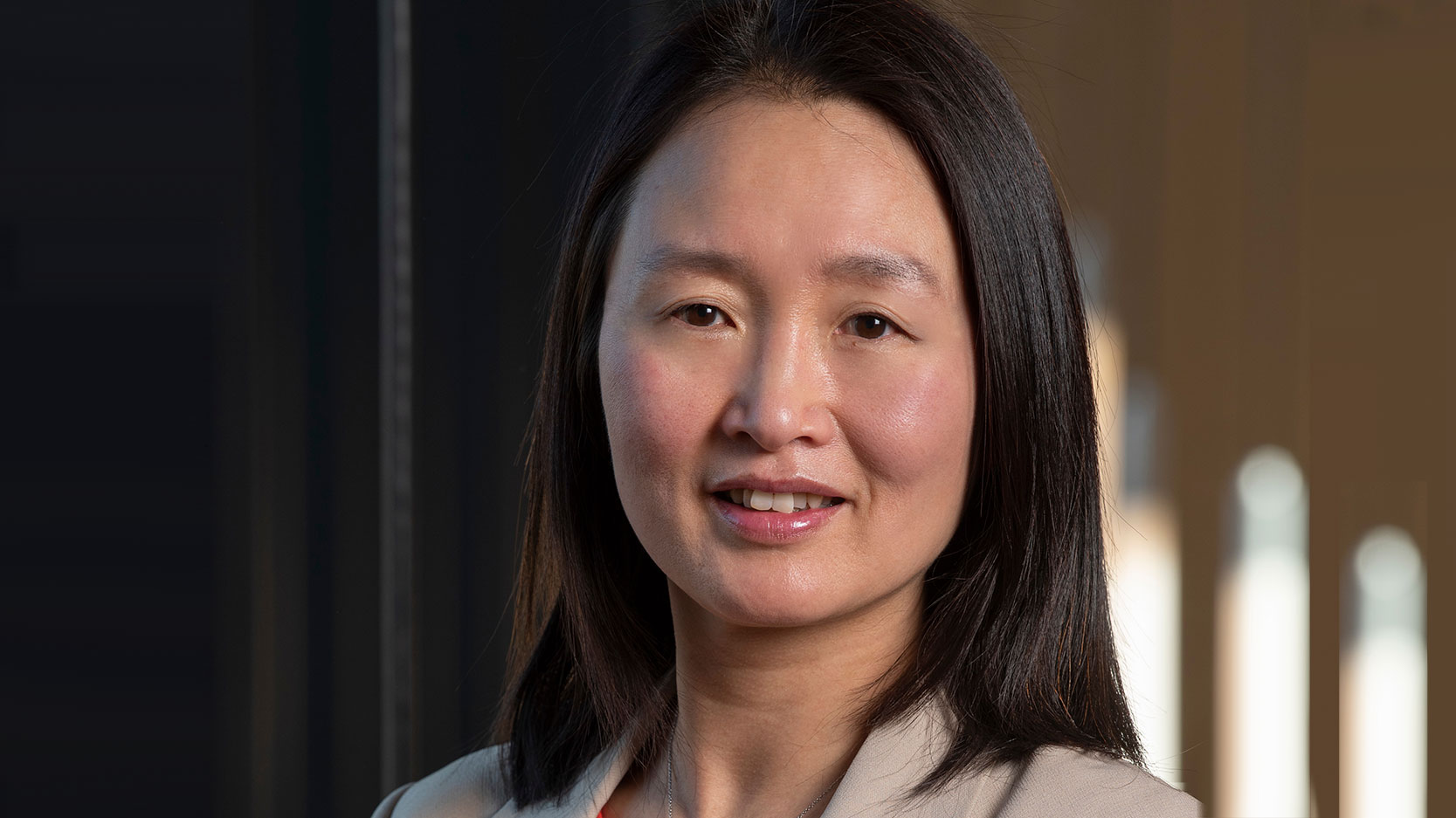
A University of Hartford professor is using artificial intelligence to evaluate and predict infrastructure needs of Connecticut’s more than 5,000 bridges, thanks to a state grant.
Clara Fang, professor of civil engineering in UHart’s College of Engineering, Technology, and Architecture, received a $238,000 research grant from the Connecticut Department of Transportation and Federal Highway Administration as lead investigator for the project, which is spanning two years. The Hartford Courant recently put the spotlight on Fang's work, as did NBC CT and Fox 61.
Fang’s team will be using AI to better predict the bridge performance and deterioration process. Creating a more advanced prediction model will allow the state to further plan for bridges for years and decades to come.
“The CTDOT has ‘big data’ on all of our bridges in a large database from their inspections and ratings. There are 20 million inspection records from the past 30 years,” Fang explained. “Using AI will allow us to understand how a bridge performs, and comprehend patterns to try and see how it will perform in the future and learn information about its lifespan, while predicting its next major rehab needs.”
Fang has enlisted data science research assistance from Daniel JimenezGil ’24, a UHart civil engineering student who has been working for the project in data processing and machine learning modeling.
The research team also includes co-investigator Saleh Keshawarz, professor and chair of the Department of Civil, Environmental, Biomedical Engineering in CETA, Yang Yang, associate professor of civil engineering in CETA in a consultant role, and two research fellows from University of Auckland, New Zealand.
Fang’s work will allow the state to take a more proactive approach, rather than a reactionary one, to ensure bridges are safe and that work done to the infrastructure is efficient and cost-effective. As those in technology industries say, predicting the future isn’t magic—it’s AI, Fang says.
“The model will monitor the bridge deterioration process and predict when maintenance and rehabilitation will be required, reducing the need for reactive maintenance and helping to reduce the risk of bridge failure,” Fang adds.
The project will use AI to acquire knowledge from the state’s existing large data sets and then create algorithms the state can use in the future to predict bridge conditions and needs. The program model will take into account bridge geometry, design, construction, service, cost, weather, traffic dynamics, and many other characteristics, and study the intricate connections between various bridge features and bridge performance.
“UHart’s study of using machine learning models to predict future bridge performance is beneficial to help determine the best treatment at the best time for Connecticut’s aging infrastructure. We wish Professor Fang and the team continued success with their ongoing research and AI modeling that we hope will prove valuable in the long-term decision-making process for bridge investments across the state,” said Connecticut Department of Transportation Engineering Administrator Mark Carlino.
There are about 600,000 bridges in the United States, and more than 25% of the bridges are either structurally deficient or functionally obsolete and in need of maintenance, rehabilitation or replacement, according to FHWA reports.
Hisham Alnnajjar, dean of CETA at UHart, called the grant a historic moment that marks the first research agreement signed between UHart and the CTDOT and the first grant directly made to UHart from the state agency.
“Previously, Dr. Fang had to rely on other institutions to receive grants from the CTDOT. Her proposed research and the impressive results from her preliminary studies, which were presented to CTDOT engineers on multiple occasions, played a key role in securing this project. I am confident the research team's work will significantly enhance the state's bridge and infrastructure system,” Alnajjar added.
UHart Provost Katherine Black says Fang, along with the rest of the research team, bring exceptional expertise to the project.
“The University is proud to partner with the Connecticut Department of Transportation and the Federal Highway Administration in this important work on our state’s transportation infrastructure,” Black said. “I am so pleased that our students will have a chance to contribute as well.”